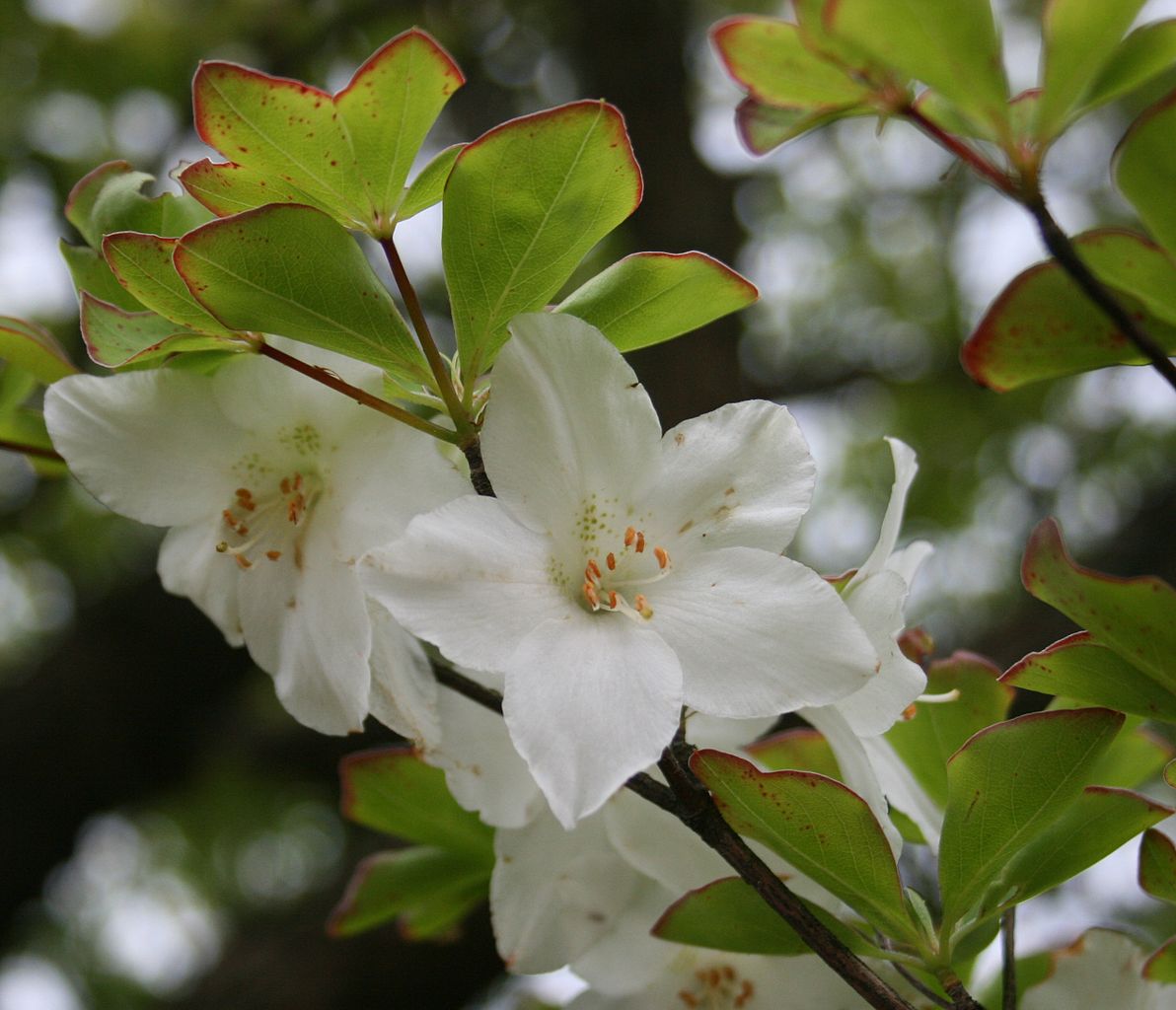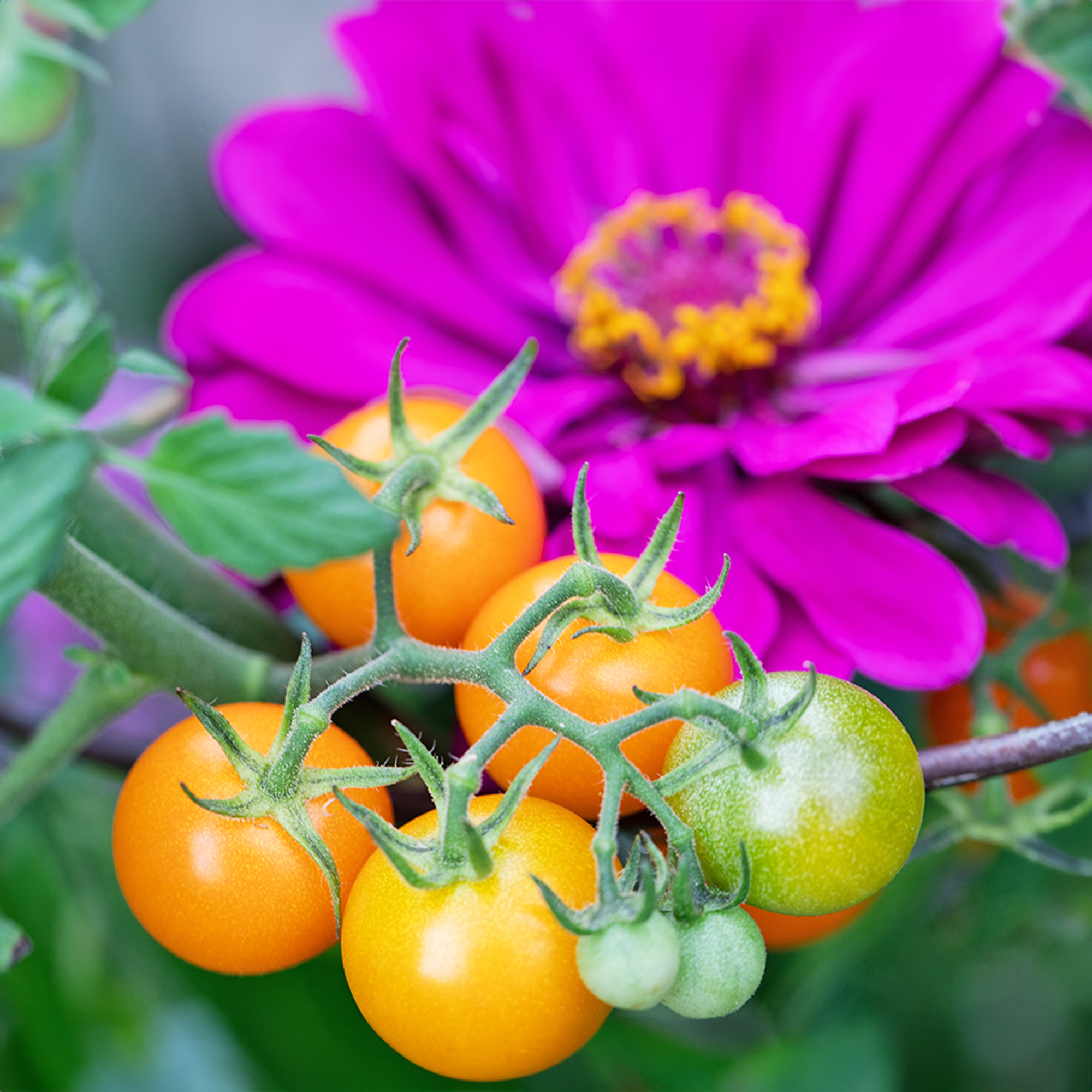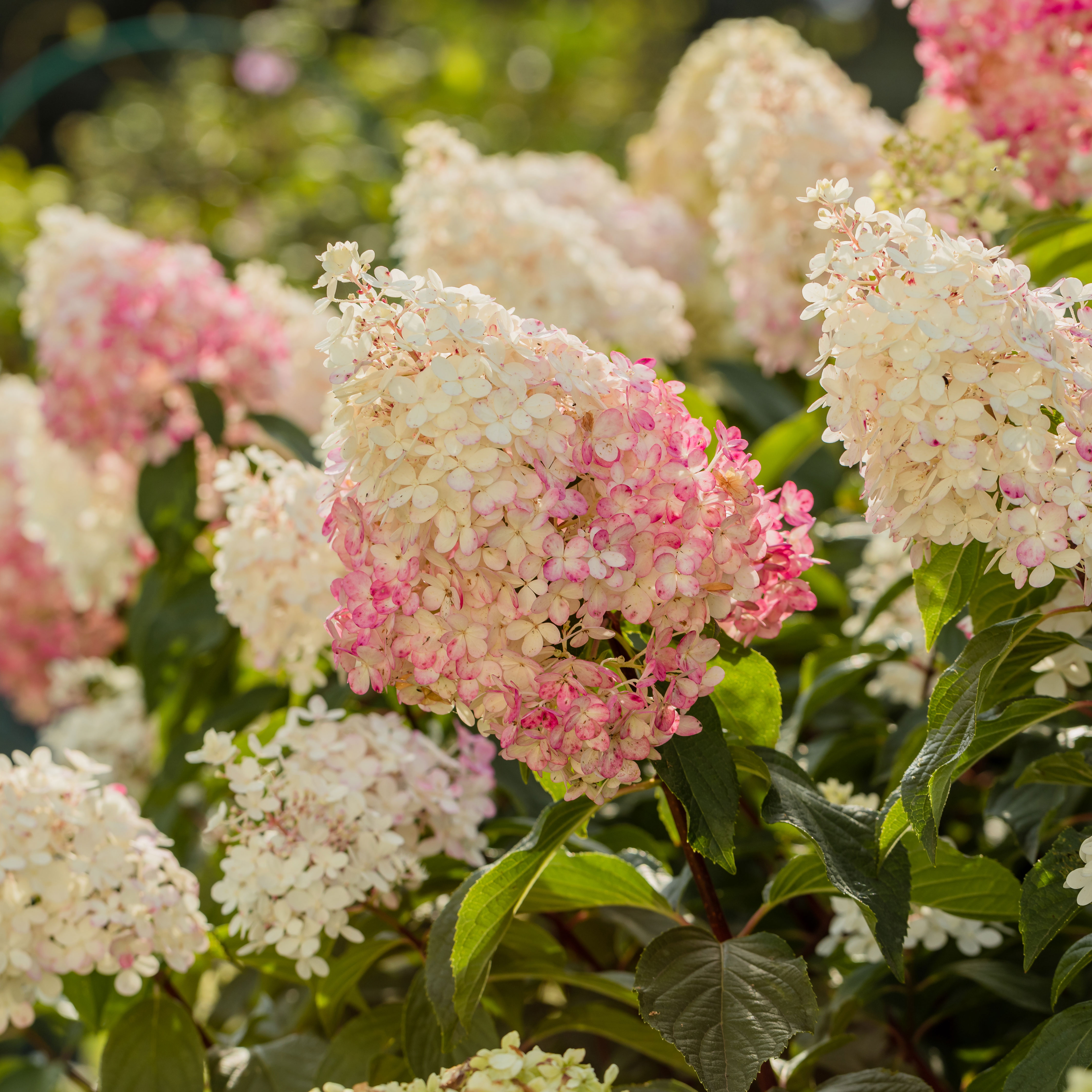Azaleas And Cold Weather: Azaleas That Grow In High Elevations


Everybody loves colorful, spring blooming azaleas, but can you grow azaleas in cool regions? You can. Azaleas and cold weather can mesh if you pick the right cultivars and provide the right care. It’s also possible to find azaleas that grow in high elevations. Read on for information about caring for azaleas in mountain climates and cooler regions.
Can You Grow Azaleas in Cool Regions?
You can find different species of azaleas growing in the wild through the entire temperature range, from the arctic to the tropics. Azaleas can thrive anywhere that has acidic soils, sufficient water, limited humidity, and winds, and a lack of very high and very low temperatures. For years, most of the azalea cultivars were developed for moderate climates, and azaleas seemed the realm of warmer regions. This is no longer the case. Northern plant developers put their minds to bringing together azaleas and cold weather. They bred varieties that are fully hardy down to zone 4 and even zone 3, with proper care. Can you grow azaleas in cool regions? With modern, cold hardy cultivars, the answer is yes. Try the Northern Lights Series of hybrid azaleas developed and released by the University of Minnesota Landscape Arboretum. These azaleas are hardy to -30 degrees to -45 degrees F. (-34 to -42 C.). Perhaps the hardiest azalea cultivar of all is Northern Lights 'Orchid Lights.' This variety is hardy in zone 3b and will thrive in zone 3a with proper care.
Azaleas That Grow in High Elevations
You’ll have to be just as selective if you are looking for azaleas that grow in high elevations. High altitude azalea shrubs must withstand chilly weather as well as mountain winds. One variety to try is five-leaf azalea (Rhododendron quinquefolium). This azalea grows in the wild in a shady, high elevation mountainous habitat. It can get to 15 feet (4.5 m.) in the wild, but reaches only 4 feet (1 m.) in cultivation. Five-leaf offers green leaves that develop red outlines as they mature, then finish the growing season a beautiful red. The flowers are white and pendulous.
Caring for Azaleas in Mountain Climates
Caring for azaleas in mountain climates involves more than just getting a hardy cultivar. Azaleas of all species require well-draining soil; to plant them in clay is to kill them. They also need irrigation in times of low rainfall. Mulch works well to protect the roots of high altitude azalea shrubs from cold. Mulch also holds water in the soil and keeps down weeds. Use fine-textured organic mulches, like pine straw or fall leaves. Maintain a 3- to 5-inch (7.5 to 12.5 m.) layer around the plants, keeping it away from actually touching the foliage.
Gardening tips, videos, info and more delivered right to your inbox!
Sign up for the Gardening Know How newsletter today and receive a free copy of our e-book "How to Grow Delicious Tomatoes".

Teo Spengler is a master gardener and a docent at the San Francisco Botanical Garden, where she hosts public tours. She has studied horticulture and written about nature, trees, plants, and gardening for more than two decades. Her extended family includes some 30 houseplants and hundreds of outdoor plants, including 250 trees, which are her main passion. Spengler currently splits her life between San Francisco and the French Basque Country, though she was raised in Alaska, giving her experience of gardening in a range of climates.
-
 8 Perfect Flowers To Plant With Tomatoes To Boost Yields & Banish Pests
8 Perfect Flowers To Plant With Tomatoes To Boost Yields & Banish PestsDon’t forget flowers when choosing companion plants for your tomato beds or pots. These pretty, fragrant blooms add beauty but are also highly beneficial.
By Mary Ellen Ellis
-
 Want The Longest Lasting Hydrangea Flowers? Grow These 8 Panicle Hydrangea Varieties
Want The Longest Lasting Hydrangea Flowers? Grow These 8 Panicle Hydrangea VarietiesFor ornamental shrubs that deliver the longest flowering seasons with plush blooms and delicate hues, these panicle hydrangea varieties are essential in your yard
By Tonya Barnett